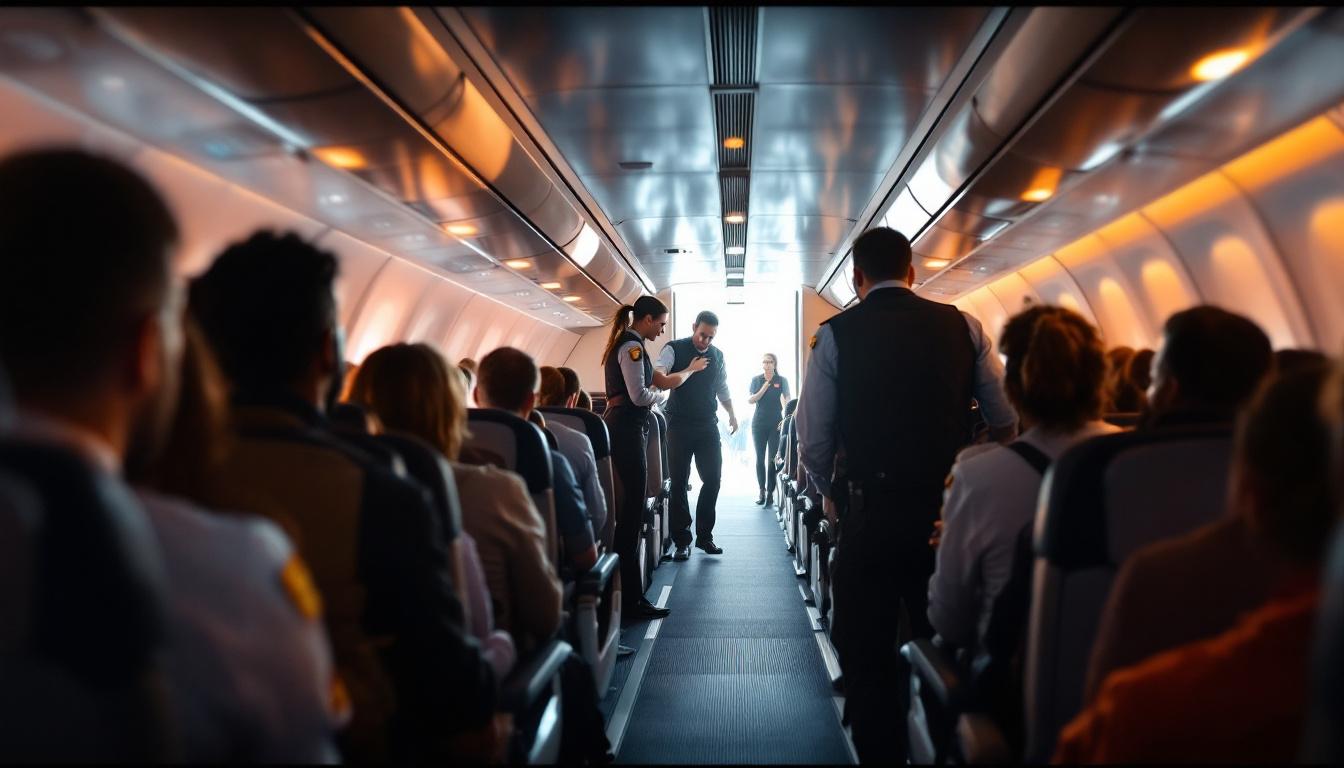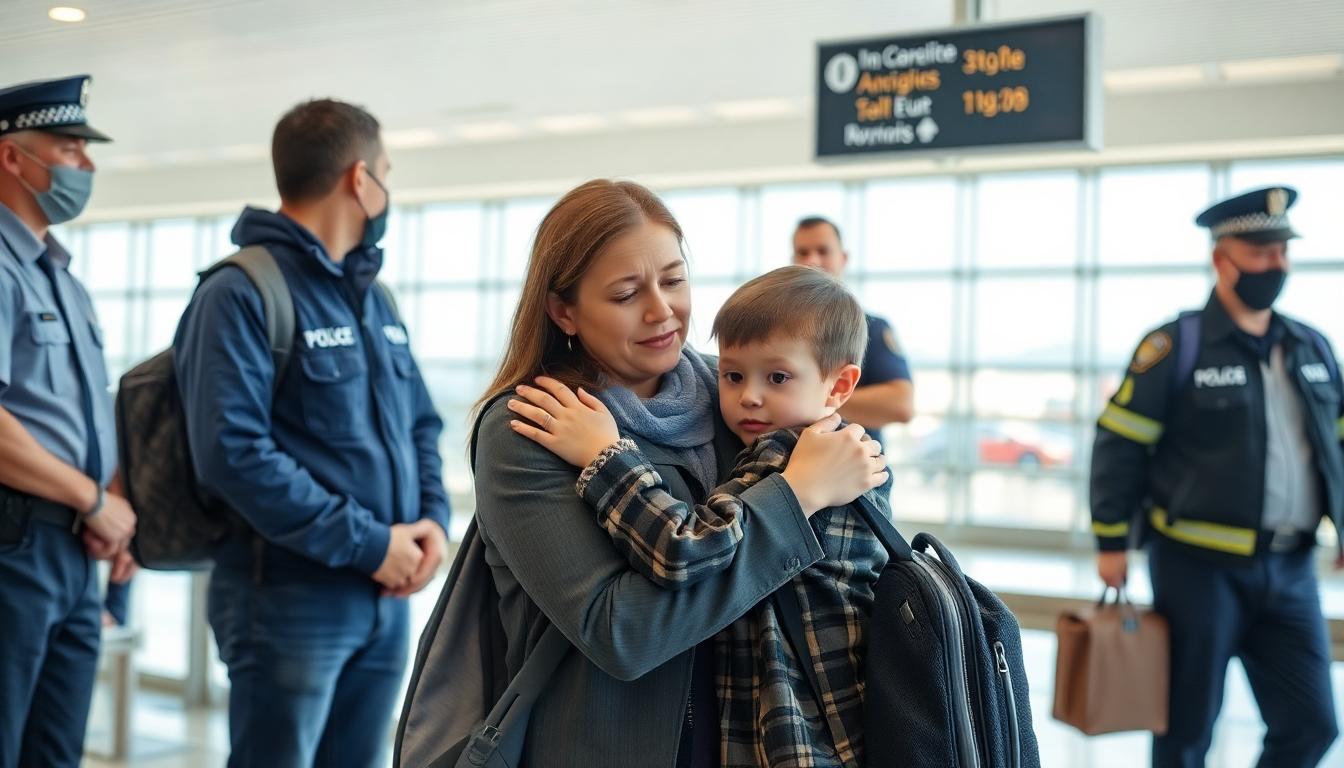Introduction
A calm, routine flight from Detroit to Nebraska turned chaotic after an Iowa man allegedly assaulted a fellow passenger midair, leading to an emergency response and his arrest upon landing. Witnesses describe a tense, frightening ordeal—one that has reignited debate about airline safety, crew training, and mental health in America’s skies.
Flight Turns Tense: “Suddenly, Everyone Was On Edge”
Most flights pass with little drama. But for passengers on this scheduled service, everything changed in minutes.
Midway through the journey, shouting and scuffling erupted near the rear of the plane. Several passengers described a scene that went from uneasy silence to sudden chaos.
Witnesses told reporters:
- “He just snapped. There was yelling and then he lurched at the man next to him.”
- “Flight attendants moved fast. You could see real fear, but they kept people calm.”
A mother traveling with her kids described shielding them as crew members repeatedly instructed everyone to remain seated and calm. Some passengers attempted to intervene, while others recorded the confrontation on their phones.
Crew Response: Training, Teamwork, and Quick Thinking
The flight crew, trained for emergencies, leapt into action:
- Two attendants approached the aggressive passenger, speaking soothingly and attempting to de-escalate the situation.
- The pilot’s voice soon came over the intercom: “Everyone please remain seated, we are handling a disturbance in the cabin.”
- Crew used restraint devices (soft straps, not handcuffs), and with the help of two off-duty officers on board, subdued the man without further violence.
Several passengers later praised the professionalism of the crew, noting their ability to keep panic from spreading and contain the situation.
Arrest on Landing: The Iowa Man in Custody
As the plane made its final approach, everyone was on edge. Passengers remained quiet, some holding hands or praying. When the doors opened in Nebraska, police and paramedics boarded immediately.
The Iowa man, his hands now zip-tied, was escorted off with little resistance. Medics checked both the alleged victim and the accused for injuries, and one nearby passenger was offered care for anxiety. Deputies interviewed witnesses for over an hour as baggage was claimed and families reunited outside security.
Aftermath: Passenger Testimonies and the Search for Answers
The incident’s impact didn’t stop at landing. Many onboard say they are shaken and have trouble sleeping. One father described “replaying the moment again and again,” unsure if he’d done enough to help.
Several parents said their children were scared to fly again, asking “Will that man be on our next plane?”
The airline released a statement thanking its crew and law enforcement for their swift response, promising support for passengers and counseling for traumatized staff.
Broader Impact: Policy, Prevention, and the Human Cost
This flight’s ordeal once again raises questions about:
- The need for mental health screenings and support in aviation.
- Crew authority and training for de-escalation.
- Access to non-lethal restraint options for all carriers.
- Balancing compassion for troubled individuals and passenger safety.
Lawmakers called for a review of existing screening protocols. Advocacy groups for airline workers urged more resources for both crew support and passenger education.
Conclusion
For everyone on board, the flight from Detroit to Nebraska will not be forgotten soon. While authorities continue to investigate, travelers and crew alike hope that lessons learned will strengthen airline safety—and underscore the importance of empathy, vigilance, and preparedness at 30,000 feet.
To contact us click here .










